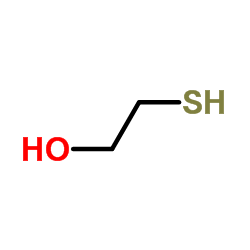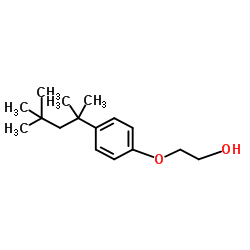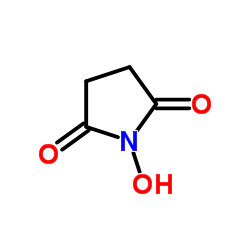PLoS ONE
2014-01-01
Alzheimer's therapeutics targeting amyloid beta 1-42 oligomers I: Abeta 42 oligomer binding to specific neuronal receptors is displaced by drug candidates that improve cognitive deficits.
Nicholas J Izzo, Agnes Staniszewski, Lillian To, Mauro Fa, Andrew F Teich, Faisal Saeed, Harrison Wostein, Thomas Walko, Anisha Vaswani, Meghan Wardius, Zanobia Syed, Jessica Ravenscroft, Kelsie Mozzoni, Colleen Silky, Courtney Rehak, Raymond Yurko, Patricia Finn, Gary Look, Gilbert Rishton, Hank Safferstein, Miles Miller, Conrad Johanson, Edward Stopa, Manfred Windisch, Birgit Hutter-Paier, Mehrdad Shamloo, Ottavio Arancio, Harry LeVine, Susan M Catalano
文献索引:PLoS ONE 9(11) , e111898, (2014)
全文:HTML全文
摘要
Synaptic dysfunction and loss caused by age-dependent accumulation of synaptotoxic beta amyloid (Abeta) 1-42 oligomers is proposed to underlie cognitive decline in Alzheimer's disease (AD). Alterations in membrane trafficking induced by Abeta oligomers mediates reduction in neuronal surface receptor expression that is the basis for inhibition of electrophysiological measures of synaptic plasticity and thus learning and memory. We have utilized phenotypic screens in mature, in vitro cultures of rat brain cells to identify small molecules which block or prevent the binding and effects of Abeta oligomers. Synthetic Abeta oligomers bind saturably to a single site on neuronal synapses and induce deficits in membrane trafficking in neuronal cultures with an EC50 that corresponds to its binding affinity. The therapeutic lead compounds we have found are pharmacological antagonists of Abeta oligomers, reducing the binding of Abeta oligomers to neurons in vitro, preventing spine loss in neurons and preventing and treating oligomer-induced deficits in membrane trafficking. These molecules are highly brain penetrant and prevent and restore cognitive deficits in mouse models of Alzheimer's disease. Counter-screening these compounds against a broad panel of potential CNS targets revealed they are highly potent and specific ligands of the sigma-2/PGRMC1 receptor. Brain concentrations of the compounds corresponding to greater than 80% receptor occupancy at the sigma-2/PGRMC1 receptor restore cognitive function in transgenic hAPP Swe/Ldn mice. These studies demonstrate that synthetic and human-derived Abeta oligomers act as pharmacologically-behaved ligands at neuronal receptors--i.e. they exhibit saturable binding to a target, they exert a functional effect related to their binding and their displacement by small molecule antagonists blocks their functional effect. The first-in-class small molecule receptor antagonists described here restore memory to normal in multiple AD models and sustain improvement long-term, representing a novel mechanism of action for disease-modifying Alzheimer's therapeutics.









